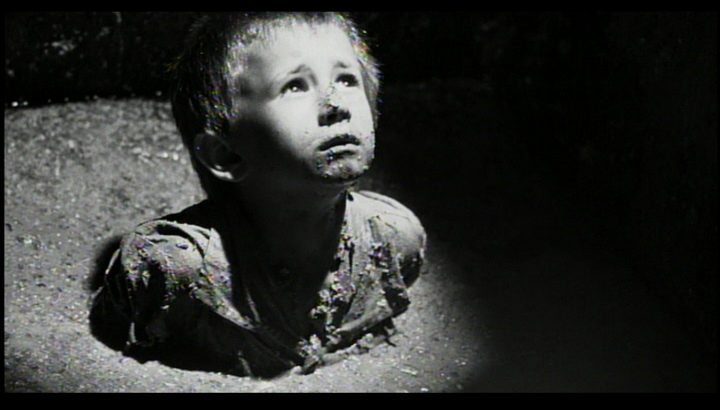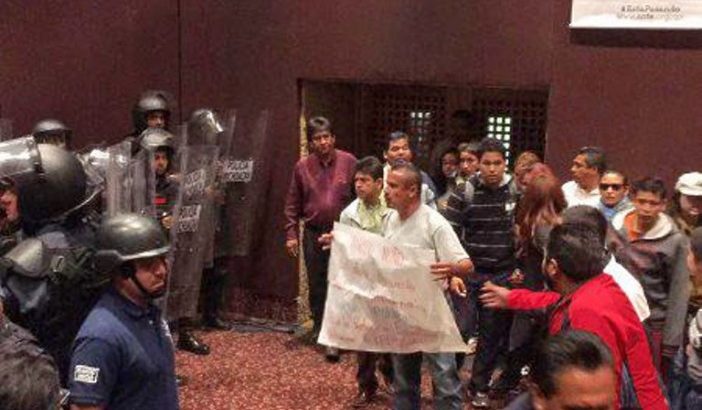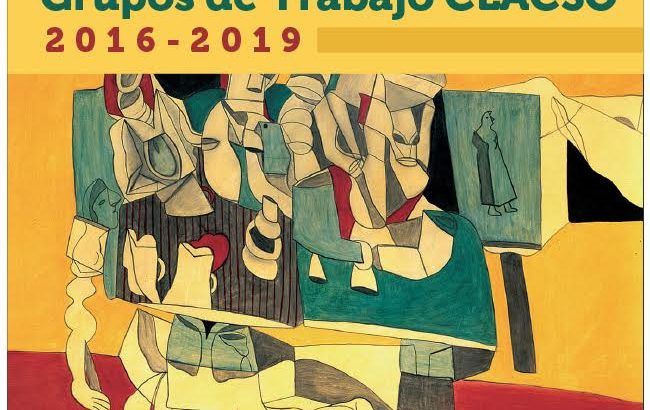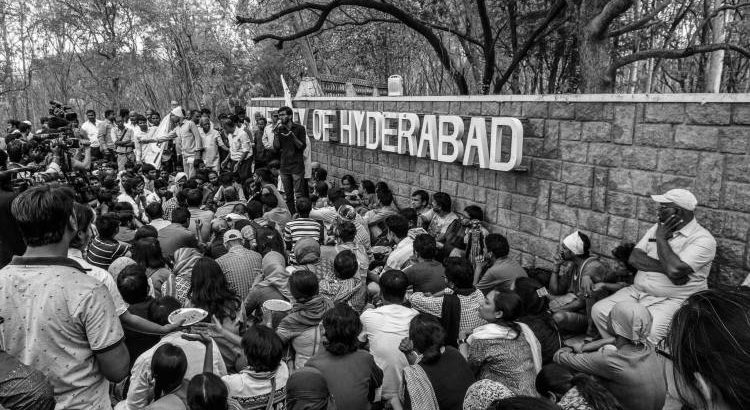Fuente Banco Mundial / 27 de Abril de 2016
Se prevé que los precios del petróleo aumentarán a medida que disminuya la oferta excesiva.
Ciudad de Washington. En la última edición del informeCommodity Markets Outlook (Perspectivas del mercado de productos básicos), y en medio de la mejora en las percepciones del mercado y el debilitamiento del dólar, el Banco Mundial elevó su pronóstico de 2016 para los precios del petróleo crudo de USD 37 a USD 41 por barril, ya que se prevé que la oferta excesiva en los mercados retrocederá.
Tras caer hasta alcanzar el precio de USD 25 por barril a mediados de enero, el mercado del petróleo crudo se recuperó y llegó a los USD 40 por barril en abril, luego de las alteraciones experimentadas por la producción en Iraq y Nigeria y de una disminución en la producción de los países no pertenecientes a la Organización de Países Exportadores de Petróleo (OPEP), principalmente, el petróleo de esquisto de los Estados Unidos. En una reunión realizada a mediados de abril, se propuso que los grandes productores congelaran su producción, pero esto no pudo concretarse.
“Esperamos precios ligeramente superiores para los productos básicos energéticos en el transcurso del año, cuando los mercados se restablezcan luego de un período de oferta excesiva”, indicó John Baffes, economista superior y autor principal deCommodity Markets Outlook. “Aun así, los precios de la energía podrían disminuir aún más si la OPEP aumenta la producción significativamente y la producción de los países que no pertenecen a la OPEP no se reduce tan rápido como se prevé”.
Se prevé que todos los principales índices de productos básicos controlados por el Banco Mundial se reducirán en 2016 con respecto al año anterior debido a que los suministros aumentan constantemente y, en el caso de los productos básicos industriales, entre los que se incluyen energía, metales y materias primas agrícolas, debido a las débiles perspectivas de crecimiento de los mercados emergentes y las economías en desarrollo.
Los precios de la energía, incluidos el petróleo, el gas natural y el carbón, se reducirán un 19,3 % en 2016 en relación con el año anterior, una caída más gradual que la del 24,7 % pronosticada en enero. Los productos básicos no energéticos, como los metales y minerales, los productos agrícolas y los fertilizantes, disminuirán un 5,1 % este año, lo que representa una revisión a la baja con respecto a la caída del 3,7 % pronosticada en enero.
Según las proyecciones, los precios de los metales caerán un 8,2 % durante el año que se inicia, menos que la caída del 10,2 % pronosticada en enero, lo que refleja expectativas de un crecimiento más sólido de la demanda por parte de China. Según los pronósticos, los precios agrícolas caerán más que lo previsto en enero en lo que se prevé que será otro año de cosecha favorable para la mayoría de los productos básicos como los cereales y las oleaginosas. Los precios de los productos básicos agrícolas también se reducen debido a los menores costos de la energía.
Los bajos precios de los productos básicos están debilitando las perspectivas de crecimiento para muchos países con abundantes recursos que experimentaron un aumento en la exploración, inversión y producción durante el auge de los productos básicos de la década de 2000. Los países que han solicitado préstamos y hecho fuertes inversiones esperando un crecimiento más rápido pueden tener dificultades para atender el servicio de sus deudas y sostener la inversión cuando el crecimiento es desalentador, según indica un tema central del informe Commodity Markets Outlook.
Debido a que los precios del petróleo y los metales hoy en día son entre un 50 % y un 70 % más bajos que los picos de principios de 2011, los proyectos de aprovechamiento de recursos naturales se suspendieron o postergaron en varios países emergentes y en desarrollo.
“Las demoras en estos proyectos pueden perjudicar a los países a los que les resulta muy difícil afrontar dichos contratiempos”, sostuvo Ayhan Kose, director del Grupo de Análisis de las Perspectivas de Desarrollo del Banco Mundial. “Dichas perturbaciones podrían atenuarse con un mayor nivel de transparencia, mayor eficiencia gubernamental y mejoras en los marcos macroeconómicos. Se recomienda que los países esperen a que los precios comiencen a aumentar nuevamente antes de poner en marcha nuevas iniciativas para el aprovechamiento de recursos naturales”.
El informe Commodity Markets Outlook del Banco Mundial se publica trimestralmente: en enero, en abril, en julio y en octubre. Este informe brinda un análisis detallado del mercado para los grupos de productos básicos más importantes, como la energía, los metales, los productos agrícolas, los metales preciosos y los fertilizantes. Se presentan pronósticos de precios hasta 2026 para 46 productos básicos, junto con datos históricos sobre los precios.













 Users Today : 165
Users Today : 165 Total Users : 35420299
Total Users : 35420299 Views Today : 194
Views Today : 194 Total views : 3354839
Total views : 3354839